Water and Health Research
Our research approach is rooted in innovation, focusing on developing, testing, and implementing cutting-edge technologies. We take pride in leveraging our state-of-the-art research facilities to transform scientific breakthroughs into customized technological solutions. Guided by research and innovation, our projects are strategically designed to establish best practices. With a multidisciplinary team, we deliver tailored solutions that address multi-sectoral needs with precision and excellence.
Safe Water Together
Investing in the Growth of Our Future
Safe Water Together is a research and education initiative led by the Institute for Water and Health (IWH) at Georgia Southern University, designed to support the long-term sustainability of water resources across Coastal Georgia. In response to growing pressures from sea-level rise, economic growth, and aging water infrastructure, this program equips communities and decision-makers with real-time water quality data, source tracking tools, and regional monitoring networks. By integrating nature-based solutions and advanced monitoring technologies, Safe Water Together promotes cost-effective strategies to protect drinking water, reduce infrastructure burdens, and support continued economic development, particularly in sectors such as tourism, agriculture, and ports. The initiative also enhances regional workforce development through student training and applied research that aligns with Georgia’s economic and environmental priorities.
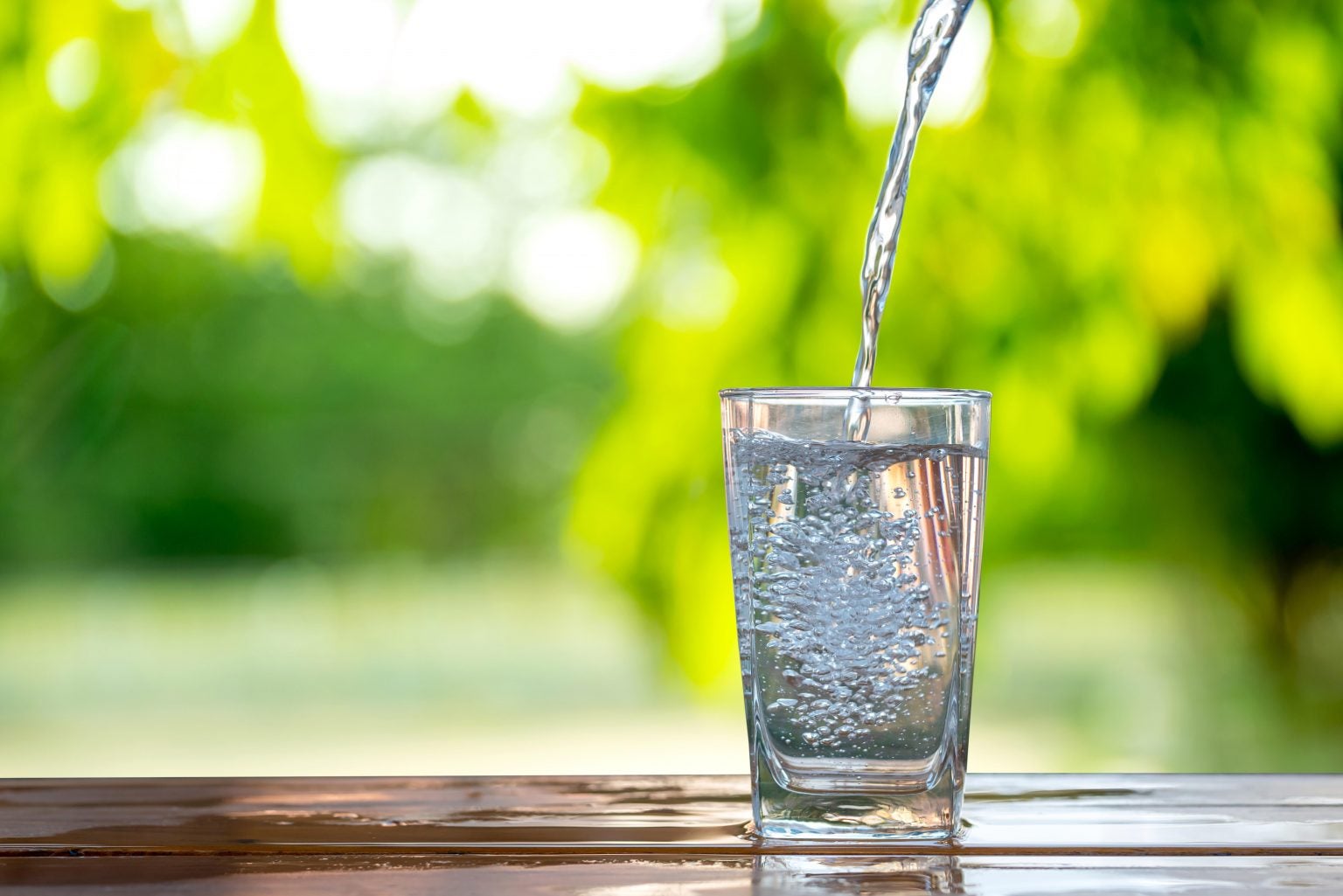
Gap Analysis
IWH is evaluating the current and future water resource demands in Coastal Georgia by analyzing industry growth trends, population expansion, and existing water infrastructure capacity through real-time data monitoring and stakeholder input. This will span nine counties: Bryan, Bulloch, Camden, Chatham, Effingham, Glynn, Long, Liberty, and McIntosh.
Workforce Development
We are developing training programs and partnerships to equip the local workforce with skills in water resource management, smart technology applications, and sustainable practices, fostering job growth in water-related sectors.
Water Solutions
IWH will implement local water quality projects that enhance water resource management and environmental health.
SWAMP 2 GULF
Educator Professional Development
Suwannee Watershed: Assessment and Monitoring of Place to Gain Understanding of Local Flow (SWAMP to GULF) brings a multidisciplinary effort from Georgia Southern to the Sunshine State. The purpose of SWAMP to GULF is to develop a place-based professional development (PD) for Florida middle school science teachers that builds on our Okefenokee Swamp place-based PD. We will collaborate to train Florida teachers to monitor local watershed conditions and examine the health and resilience of local ecosystems along the Gulf through place-based research service learning (Reynolds & Ahern-Dodson, 2010). Teachers will integrate place-based citizen science projects and create inquiry lessons to increase students’ understanding of local watersheds in the Gulf of America.
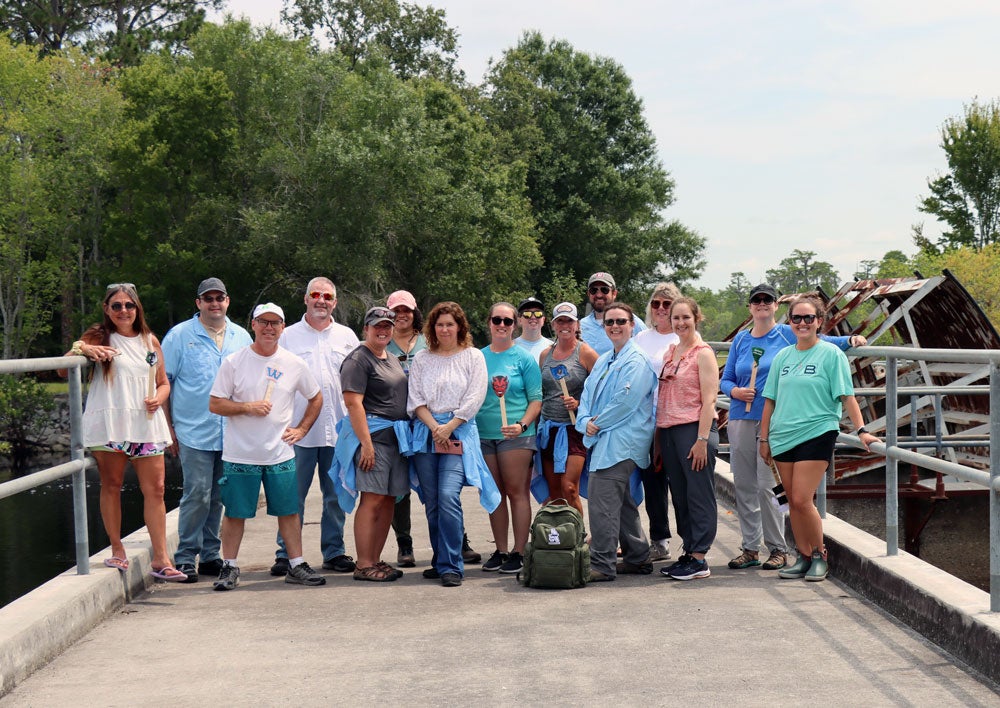
SWAMP to GULF is a partnership with Georgia Southern’s College of Education (COE). COE was awarded a grant from the National Academies of Sciences, Engineering, and Medicine to work with educators and students to provide hands-on experiences in watershed science, biology, and chemistry.The project is led by principal investigator (PI) Lacey Huffling, Ph.D., associate professor of science education, and co-PIs Heather Scott, Ed.D., and Regina McCurdy, Ph.D., in addition, IWH staff members Mary Thaler, the grant administrator, and Luke Roberson, the Adopt-a-Stream trainer.
Dr. Asli Aslan and Luke Roberson from the IWH are focused on science communication, citizen science techniques, and environmental experiential education. Luke serves on the state board of the Georgia Adopt A Stream program (AAS), the state’s largest volunteer water quality monitoring program. The grant supplies teachers and students with the training and equipment to monitor their local waterways, understand the results, and log them into the AAS database for analysis.
The goal of the program is to provide place-based watershed experiential education to students who might otherwise not have this opportunity. In addition to helping students, teacher professional development and science communication are priorities of this grant.
Visit the SWAMP 2 GULF WebsiteNature-Based Solutions for Wastewater Management
Using Algae to Reduce Emerging Contaminants in Wastewater
Algae are nature’s janitors for our water supply. These small plants feed on excess nitrogen and phosphorus coming from our fertilizers and detergents, pulling them out of the water.
Algal turf scrubbers are metal water channels covered with a rough surface. With sunlight and nutrients in the water, algae start growing and removing impurities from the water.
This project, a partnership between the IWH and a local municipal wastewater treatment plant, is the first of its kind in the nation to study nutrient removal onsite using this technology.
IWH researchers are expanding this research to see if this nature-based technology can be used for supporting industrial wastewater treatment in a cost-effective way.
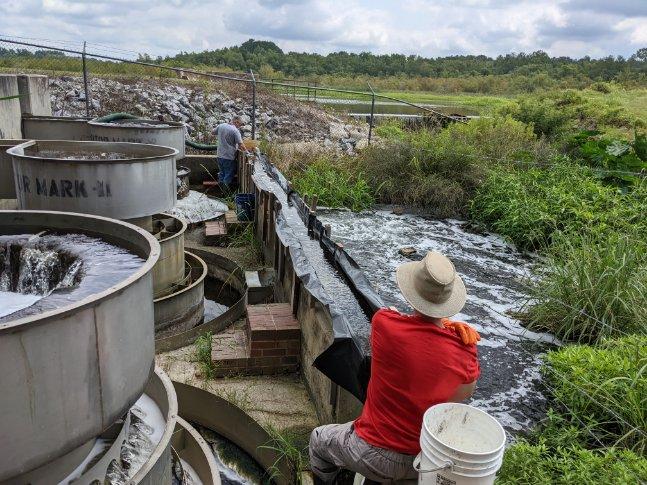
Georgia Water Dashboard
Public Water Data at Your Fingertips
Sponsored by the GA Environmental Protection Division (EPD) of the Department of Natural Resources (GA DNR), this interactive water resource data tool presents a snapshot of historical and current hydrologic conditions across the region. GA DNR and the Coastal Regional Water Planning Council contributed expertise and advised on the design of the dashboard.
Our diverse set of stakeholders prioritized ease of use, agile data selection, and clear communication. By targeting a regional approach and screening groundwater and surface water availability, the team developed a cost-effective demonstration project, evaluated the required effort level and complexity for design and deployment regionally, and assessed the potential challenges for broader-scale implementation.
Visit the Water Dashboard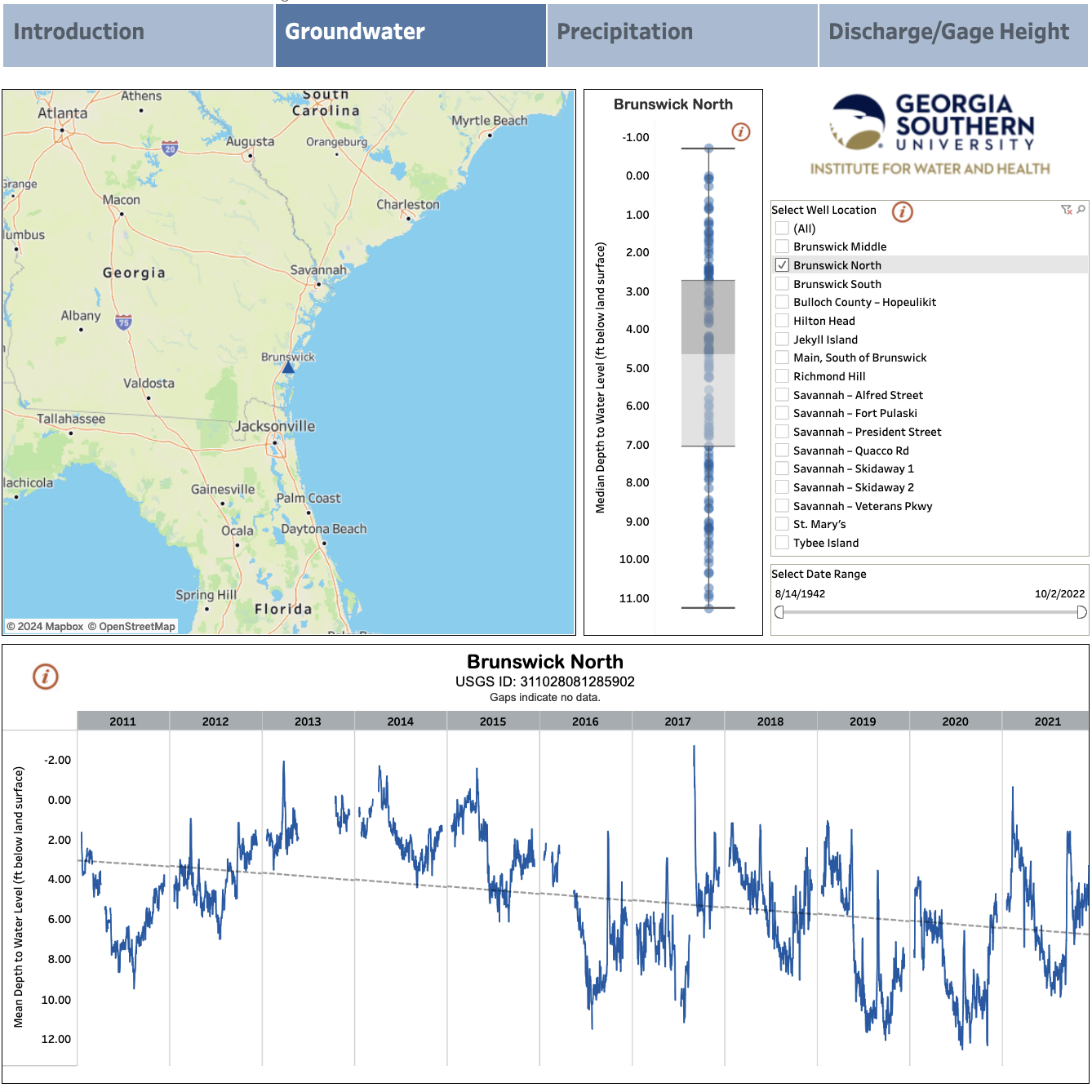
Rapid Methods for Water Quality Detection
This project helps us understand what’s in our water and where it’s coming from. We look for “indicator bacteria” in water, which are like tiny alarms telling us if there’s poop pollution. While these bacteria confirm pollution, they don’t say who’s responsible. That’s where our advanced “Microbial Source Tracking” methods come in. Think of it like DNA fingerprinting for bacteria! This allows us to pinpoint if the pollution is from humans, pets, farm animals, or wildlife, helping us keep our recreational waters safe and clean.
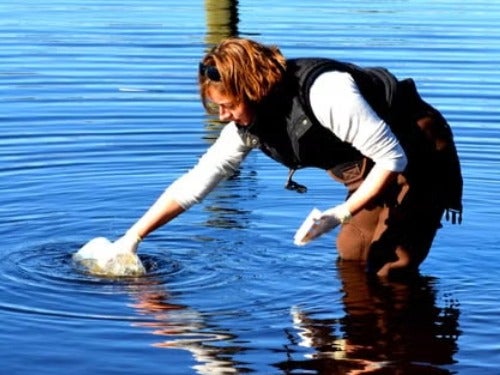
What are indicator bacteria?
Identifying waterborne pathogens can be difficult, time-consuming, and expensive. USEPA recommends testing for surrogates of pathogens called indicator bacteria. Indicator bacteria live in the intestines of humans and other animals, so detecting these bacteria in water shows fecal pollution. Indicator bacteria are easier to enumerate and much cheaper to test than pathogens.
Currently, two fecal indicators are commonly used for water quality testing. Escherichia coli is a type of bacterium found in the feces of humans and other warm-blooded animals. Enterococci, which belong to the enterococcus, are two species (E. faecalis and E. faecium) commonly found in human intestines and feces. E. coli is used for freshwater, and Enterococci is used for marine waters.
Can indicator bacteria identify sources of pollution?
Researchers have been using indicator bacteria since the 1900’s. Indicator bacteria cannot identify the sources of pollution they only confirm the presence of fecal matter in water. Today, more advanced technologies can detect fecal pollution in water. They can also quantify and identify the sources. These techniques use principles of molecular microbiology and are known as “Microbial Source Tracking” methods. What are the potential sources of water pollution?
Various sources can impact our recreational waters. Sewage and failing septic systems, livestock, wildlife, birds, and companion animals are some of these sources that pollute our beaches.
How do we detect these sources?
Researchers use microbial source tracking (MST) technique to identify the sources of pollution in recreational waters. Just like fingerprints can be traced back to a person, bacteria have specific characteristics that allow researchers to trace them back to their source (whether from humans, wildlife, farm animals, or pets).
MST attempts to match a microbe (e.g. bacterium) with a polluted site (e.g. beach or river) and a known source to suggest the origin of fecal pollution. This can be achieved by testing a variety of target organisms using molecular methods such as quantitative polymerase chain reaction (qPCR).
At the IWH Labs, we use both traditional culture-based and DNA-based methods. In addition to quantifying fecal indicators, we can also identify the sources of pollution by targeting a diverse set of MST markers using USEPA-approved assays.
Food Waste to Improve Industrial Wastewater Treatment
Did you know that there is a technology that can transform your food waste into sustainable energy? Anaerobic digesters utilize the appetites of tiny bacteria to make big impacts to our energy needs and Georgia Southern engineers are working to bring it to Statesboro.
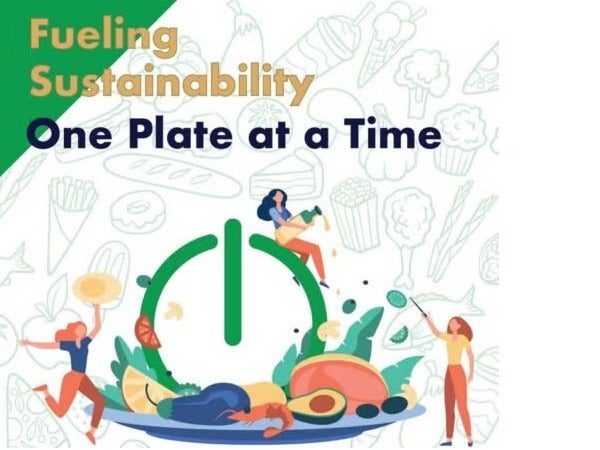
The Environmental Protection Agency awarded $200k to Georgia Southern University to conduct a feasibility study to advance the understanding of how existing Anaerobic Digestion capacity at pulp and paper mills can be sustainably leveraged to treat food waste from university campuses. In anaerobic digestion, microbes break down (digest) organic matter in waste from animals, food, and wastewater without oxygen. This occurs in a small, sealed container called a reactor, specifically designed for the type of waste used. The complex microbe community that lives in the reactor digests industrial waste and creates biogas that can be used for energy. Led by Drs. Stetson Rowles, Francisco Cubas, and Asli Aslan, this project aims to reduce food waste going into landfills by feeding anaerobic digestors with the food waste created at university campuses. These advanced anaerobic digestors will improve industrial wastewater treatment capacity, protecting our water environment.

This research was sponsored by the US Environmental Protection Agency
Water Professionals Workforce Development
Professional Development and Peer-to-Peer Mentoring in Rural Water Infrastructure
Funded by the Partnership for Inclusive Innovation and Alabama Power.
A new project links rural towns in Georgia and Alabama (to address water quality in aging infrastructure and develop next-generation water professionals.
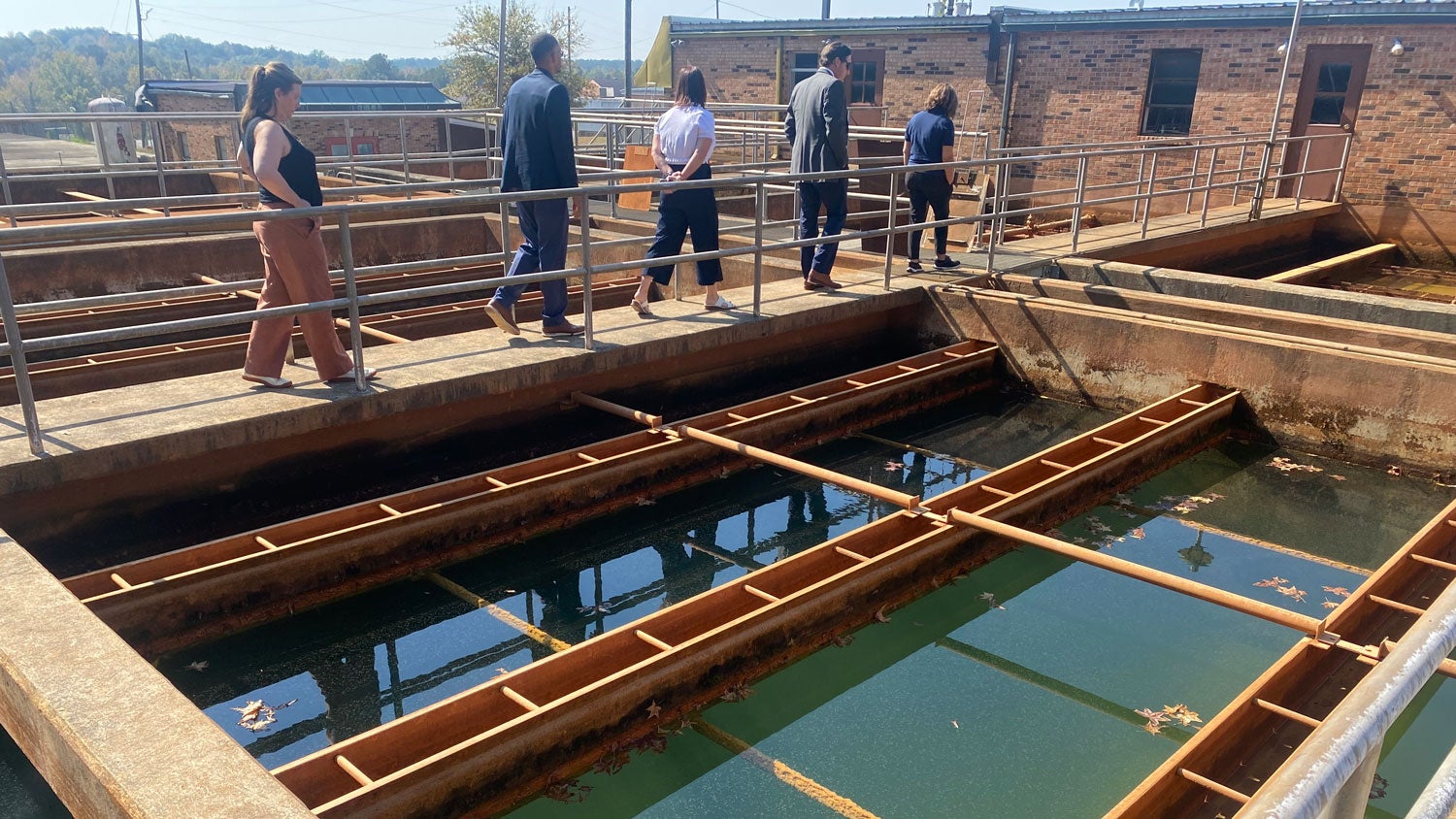
Marion, Alabama
Researchers at the Institute for Water and Health (IWH) at Georgia Southern University initiated a new project in Marion, Alabama, to address the city’s aging water infrastructure with a focus on workforce development.
Project lead Dr. Aslan (Director, IWH) said, “Nationwide, community water systems are managed by specialized professionals to ensure safe water every time we turn on the tap. However, about 50 percent of water operators working at these utilities will retire in the next decade, and only 10 percent are expected to be replaced. Training the next generation of water operators and developing leaders for rural water systems is a matter of national security. The Institute for Water and Health is committed to launching a regional program to equip future water managers with the necessary skills to ensure safe water. This pilot project will lay the foundation for this goal and aims to expand the program throughout the Southeastern United States”.
“With this program being able to recruit young people from within our community to manage our water system that we are revitalizing, upgrading, and improving, this will be able to bring about stability and longevity for our community.”
– Dexter Hinton, Mayor of Marion, Alabama
The pilot project in Marion, Alabama, is a collaborative effort with Georgia Southern University and the University of Alabama. Dr. Lacey Huffling (College of Education at Georgia Southern University) and Dr. Lanna Nations (Alabama Water Institute) are co-PIs in this project. The project includes an internship program for next-generation water operators and a peer mentorship program for current water managers in partnership with the City of Eastman, Georgia. The project is funded by Alabama Power Co and Partnership for Inclusive Innovation.
Project Well-Aware
Protect. Test. Prevent.
The Institute for Water and Health at Georgia Southern University is partnering with residents in Evans and Tattnall Counties to address a critical public health concern: cancer-causing contaminants in private drinking water wells.
This research project evaluates how increasing awareness of water quality impacts can drive cancer screening as a proactive health measure. The project seeks to empower residents to make informed decisions about their health and well-being by educating communities on the significance of water test results and providing actionable resources for cancer prevention.

Participants in the study will be asked to complete a survey about their health and drinking water. The results will help residents understand the presence of potential contaminants and encourage preventive health behaviors, including cancer screening.
Through this behavioral research, this study aims to bridge the gap between environmental health and preventive care, fostering healthier and more informed communities.
Characterizing Water Pollution through Community Partnerships
This project was sponsored by the Partnership for Inclusive Innovation.
Located in central coastal Georgia, Glynn County contains the beach communities of Jekyll Island, Saint Simons Island, and Sea Island, along with the county seat of the City of Brunswick. Glynn County is also the home to four Superfund sites – Hercules 009 Landfill, Hercules Terry Creek Outfall, LCP Chemicals, and Brunswick Wood Preserving. County Commissioner Allen Booker (Fifth District) approached the IWH with a problem: Since the Coronavirus pandemic started in 2020, he had found that many more people in his district were subsistence fishing in Terry Creek, a water body known to have high levels of pollution. Although there are fishing advisories and monitoring has been done by the EPA and Hercules, many warnings are ignored.
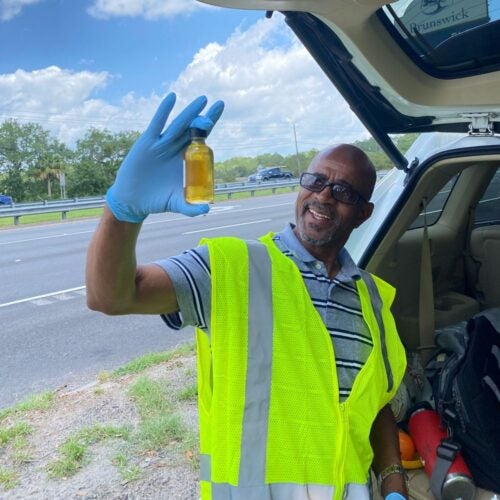
There are many reasons for people choosing to continue fishing at Terry Creek. Generational, geographic, cultural, and income factors can be very powerful, especially if the anglers are not prioritized in the science communication plan.
This research project facilitated the creation of a community water quality data collection and communication team. The Safe Water Ambassador Group, or SWAG, worked to collect water quality data in the areas where people fish, communicate their results with the people to become an example for community/academia partnership.
Georgia Southern partnered with Glynn County, the City of Brunswick and the Partnership for Inclusive Innovation.
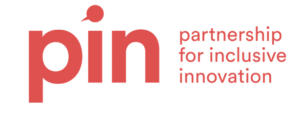
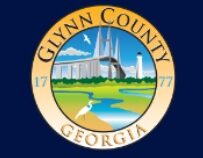
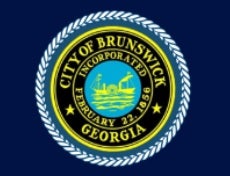
NSF RAMP: RaMP: Mentoring & Research Opportunities for Careers in Coastal Science
IWH, in collaboration with the College of Sciences and Mathematics and College of Engineering received a National Science Foundation grant to train the next generation STEM workforce.
The MROC2S program brings together a network of scientists, educators, and experts from various sectors to support participants from groups traditionally underrepresented in Science, Technology, Engineering, and Math. In addition, it trains individuals with limited research experience in a cohort setting to develop the next generation of natural resource professionals.
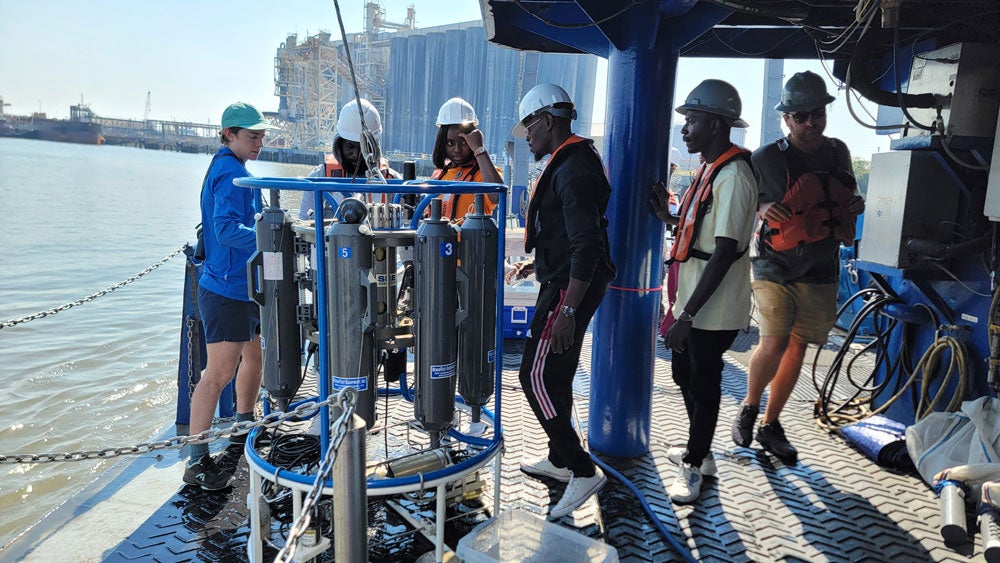
Visit the RaMP program website.
The goal is to provide year-round mentoring, professional development, and diverse research training opportunities in natural resource science for postbaccalaureate participants. By doing so, MROC2S aims to develop an inclusive research and technical skills program that produces a more diverse STEM workforce. Program participants are integrated into a diverse network of natural resource professionals devoted to research, management, and conservation efforts in the Atlantic Coastal Plain and Gulf Coast regions to expose them to careers and opportunities in this field. Network partners contribute to a common scientific theme that centers on the restoration, conservation, and management of natural resources in the southeast. As participants, program fellows contribute to the rich history of collaborative work and long-term data that helps guide and inform research efforts in this ecologically resource-rich and diverse region of the US. Using long-term data from core sites coupled with skill training and mentoring resources to guide the research, our collaborative network will lead to the professional development of participants to pursue careers in coastal and natural resource science. Furthermore, the activities and experiences provided by the program are guided by a theoretical framework that leads to scientific integration and a sense of belonging to the scientific community among participants. This framework incorporates critical environmental agency to develop participants’ science self-efficacy, identity, and sense of belonging.
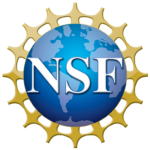
This research is funded through the National Science Foundation.
